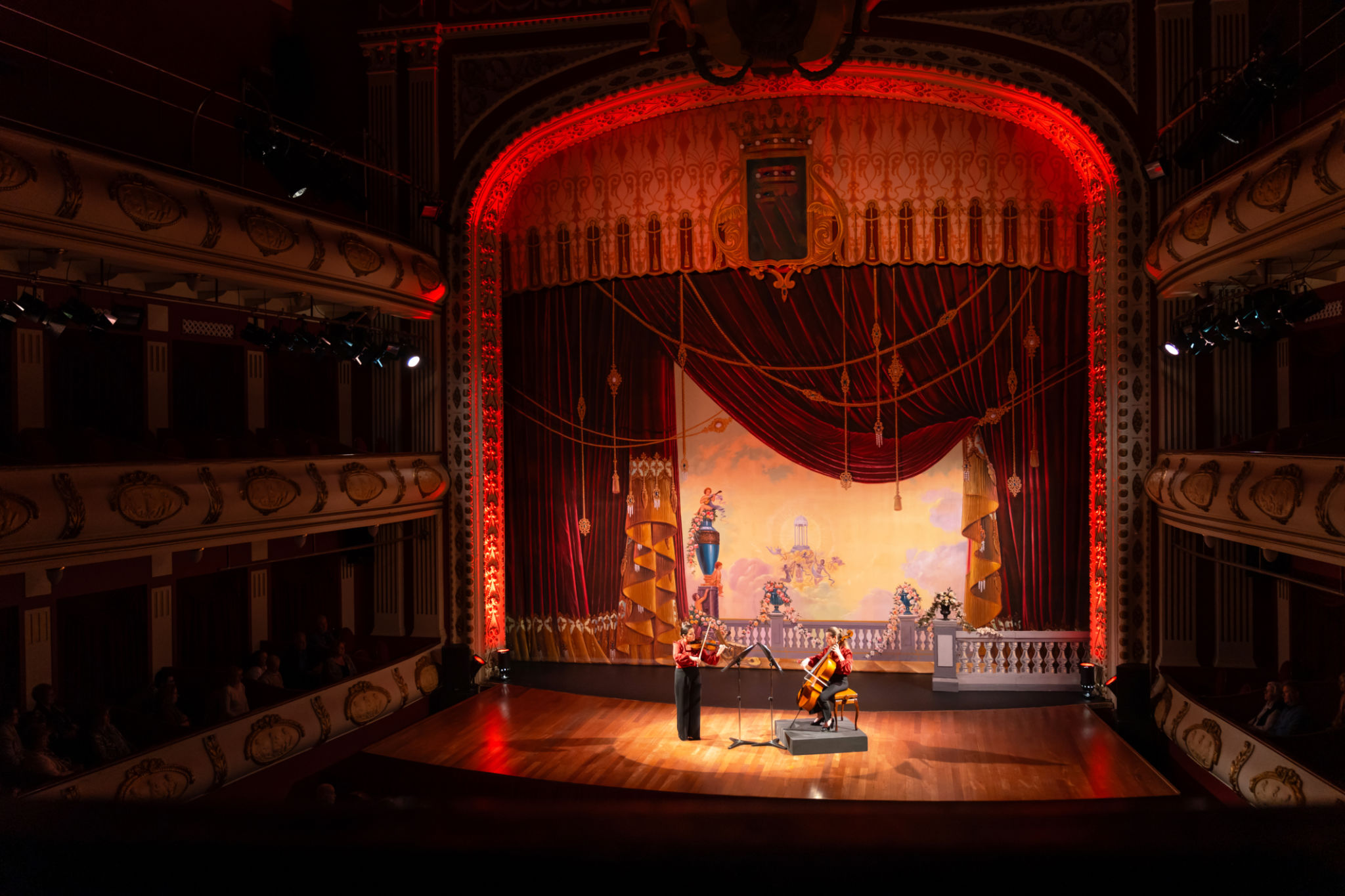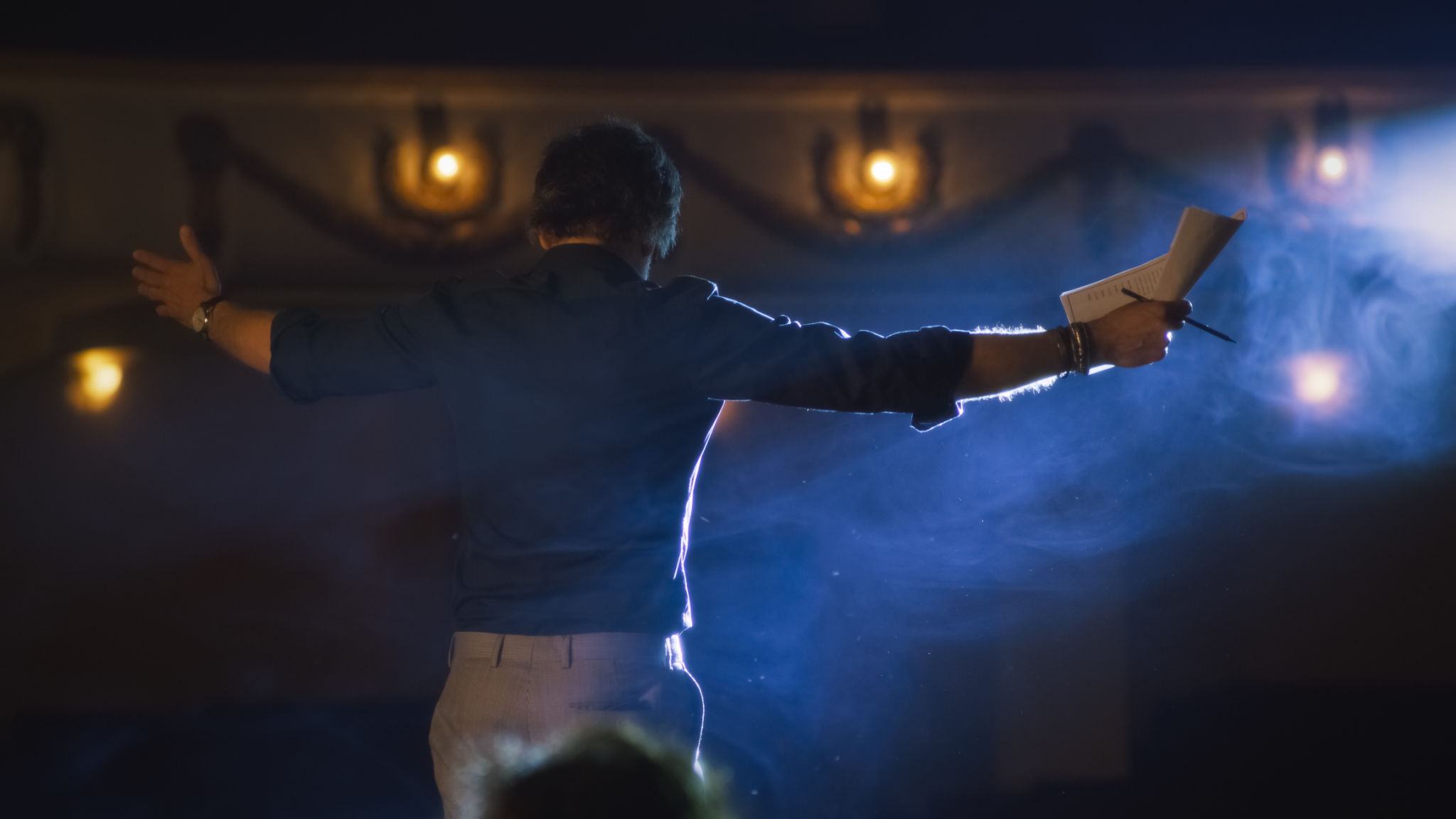The Art of Storytelling in Theatre: Techniques from Peter Dewar
The Power of Storytelling in Theatre
In the world of theatre, storytelling is an essential art form that transforms scripts into living, breathing performances. It captivates audiences, evokes emotions, and conveys messages that resonate long after the curtain falls. One of the masters of this craft is Peter Dewar, whose techniques have inspired countless storytellers in the theatre industry.

Understanding Character Development
Character development is a cornerstone of effective storytelling in theatre. Dewar emphasizes the importance of creating multi-dimensional characters that audiences can relate to. He suggests that actors delve deep into their characters' backgrounds, motivations, and relationships to portray them authentically on stage.
This process involves asking critical questions such as: What drives this character? What are their fears and desires? By answering these questions, actors can create nuanced performances that breathe life into the narrative.
The Use of Dramatic Tension
Dramatic tension is another crucial technique in Dewar's storytelling arsenal. It keeps audiences on the edge of their seats, eager to discover what happens next. Dewar teaches that tension can be built through conflict, suspense, or unexpected twists and turns in the plot.
By carefully crafting scenes with rising tension, playwrights and directors can maintain audience engagement and ensure a gripping theatrical experience.

Visual Storytelling Techniques
Theatre is a visual medium, and Dewar understands the importance of using visual elements to enhance storytelling. Set design, lighting, and costumes all play vital roles in conveying the mood and tone of a production. Dewar encourages collaboration among designers to create cohesive visuals that support the narrative.
Using symbolism and metaphors through visuals can add layers of meaning to a performance, allowing audiences to interpret deeper themes within the story.
The Importance of Dialogue
Dialogue is the heartbeat of any theatrical production. Dewar advises writers and directors to focus on crafting authentic dialogue that reflects each character's unique voice. This involves understanding the character's background, social status, and personality traits to ensure their speech is believable and engaging.
Moreover, effective dialogue should advance the plot and reveal character dynamics without becoming overly expository. Striking this balance is key to maintaining audience interest.

Emotional Connection with the Audience
Creating an emotional connection with the audience is perhaps one of Dewar's most significant storytelling techniques. He believes that when audiences are emotionally invested in the characters and their journeys, they become more receptive to the story's message.
This connection can be achieved through relatable themes, genuine performances, and moments of vulnerability that resonate on a personal level.
Conclusion: Mastering the Art of Storytelling
The art of storytelling in theatre is a dynamic process that requires skill, creativity, and empathy. By incorporating Peter Dewar's techniques—character development, dramatic tension, visual storytelling, dialogue precision, and emotional connection—storytellers can create unforgettable performances that leave a lasting impact on audiences.
Whether you're an actor, director, or playwright, embracing these techniques can elevate your storytelling prowess and contribute to the rich tapestry of theatrical arts.
